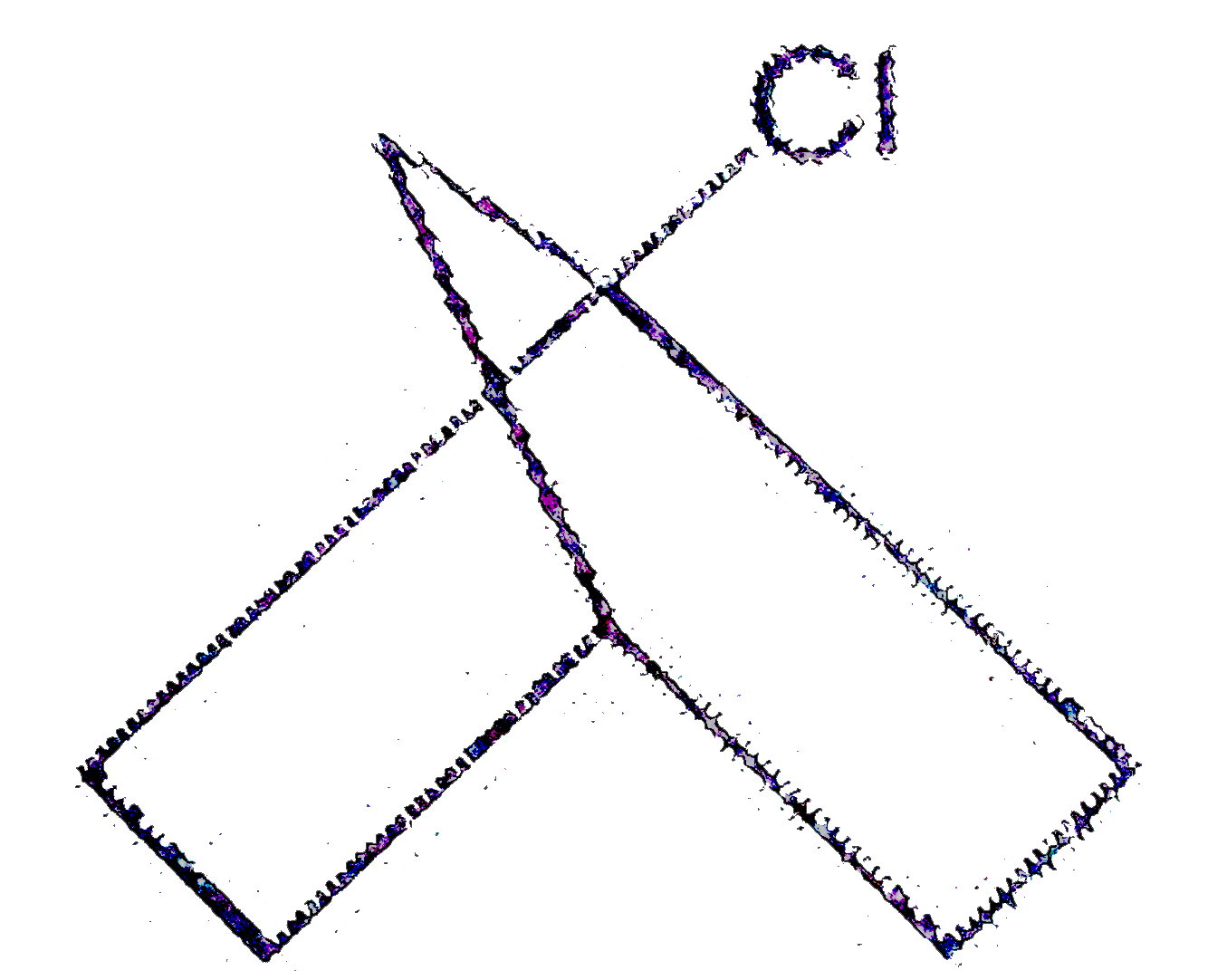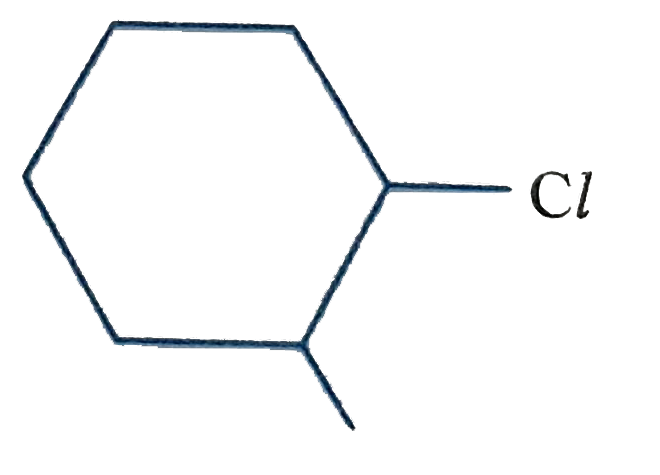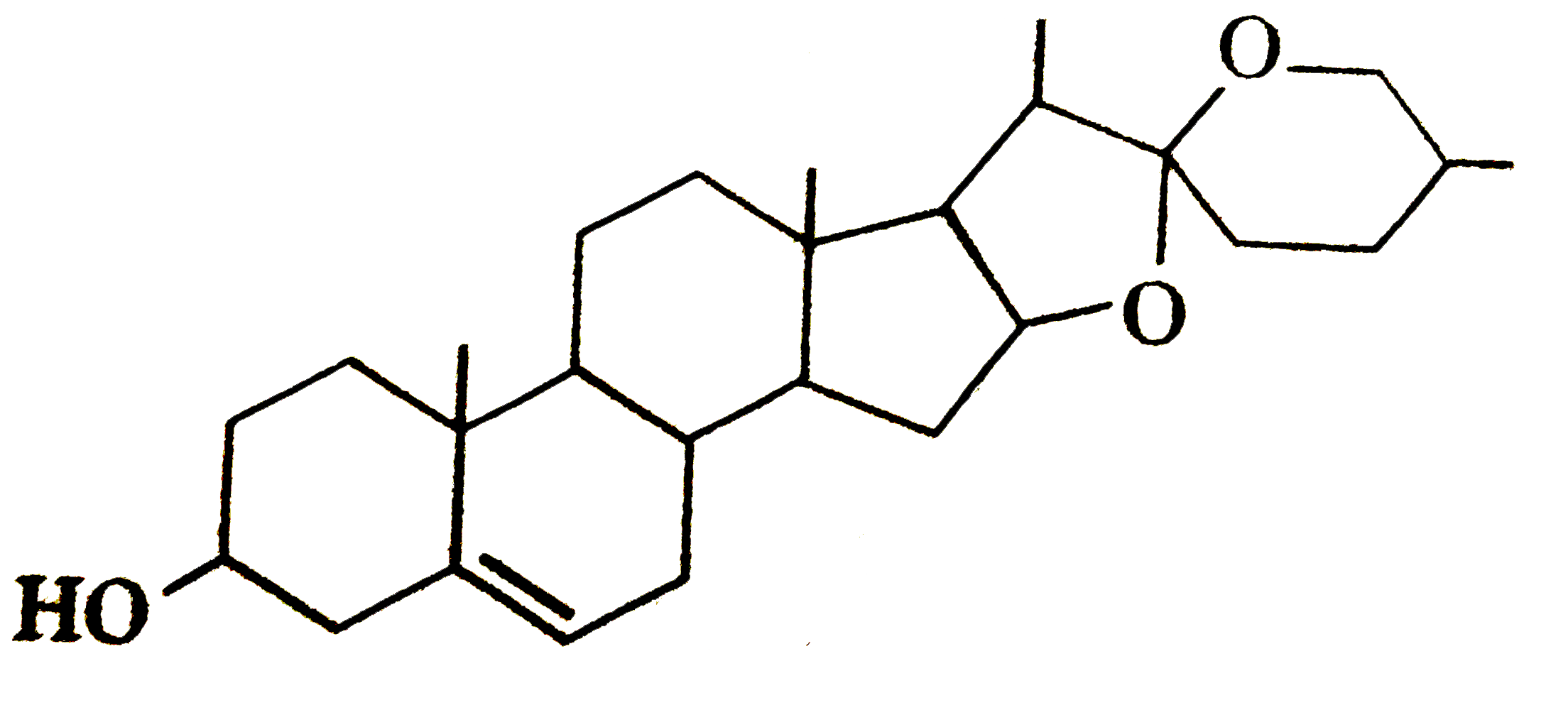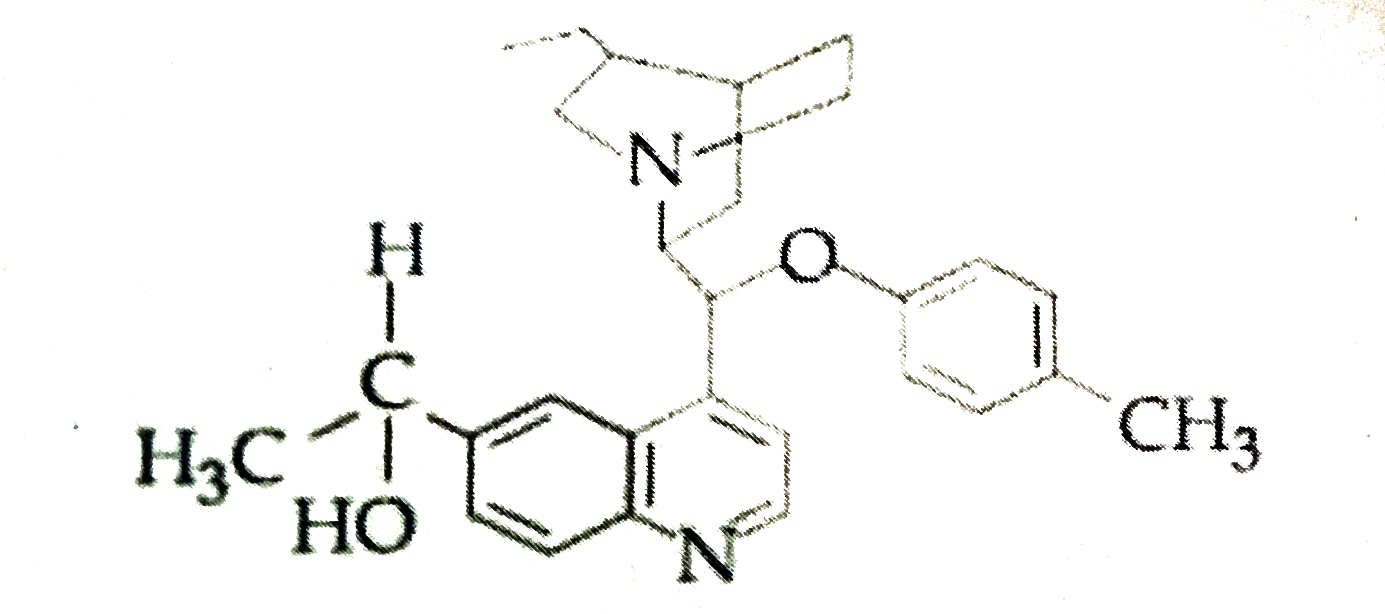The number of chiral carbon(s) present in peptide , Ile-Arg-Pro is _______.
To determine the number of chiral carbons in the peptide Ile-Arg-Pro (Isoleucine-Arginine-Proline), we will analyze the structure of each amino acid and identify the chiral centers.
1. Identify the Amino Acids:
- The peptide is composed of three amino acids: Isoleucine (Ile), Arginine (Arg), and Proline (Pro).
2. Draw the Structures:
- Isoleucine (Ile): The structure of isoleucine has the following configuration:
- It has a central carbon (Cα) attached to an amino group (NH2), a carboxylic acid group (COOH), a hydrogen atom (H), and a side chain (which is a branched alkyl group).
- Arginine (Arg): The structure of arginine includes:
- A central carbon (Cα) attached to an amino group (NH2), a carboxylic acid group (COOH), a hydrogen atom (H), and a side chain that includes a guanidinium group.
- Proline (Pro): Proline has a unique cyclic structure:
- It has a nitrogen atom in the ring, and the Cα is part of the ring structure, which connects back to the amino group.
3. Identify Chiral Centers:
- A chiral carbon is one that has four different substituents attached to it.
- Isoleucine: The Cα in isoleucine is chiral because it has four different groups attached: NH2, COOH, H, and the side chain.
- Arginine: The Cα in arginine is also chiral with four different groups: NH2, COOH, H, and the side chain.
- Proline: The Cα in proline is chiral as well, with four different groups: NH (part of the ring), COOH, H, and the side chain.
4. Count the Chiral Carbons:
- Isoleucine contributes 1 chiral carbon.
- Arginine contributes 1 chiral carbon.
- Proline contributes 1 chiral carbon.
- Therefore, the total number of chiral carbons in the peptide Ile-Arg-Pro is 3.
Final Answer:
The number of chiral carbon(s) present in the peptide Ile-Arg-Pro is 3.
- The peptide is composed of three amino acids: Isoleucine (Ile), Arginine (Arg), and Proline (Pro).
- Isoleucine (Ile): The structure of isoleucine has the following configuration:
- It has a central carbon (Cα) attached to an amino group (NH2), a carboxylic acid group (COOH), a hydrogen atom (H), and a side chain (which is a branched alkyl group).
- Arginine (Arg): The structure of arginine includes:
- A central carbon (Cα) attached to an amino group (NH2), a carboxylic acid group (COOH), a hydrogen atom (H), and a side chain that includes a guanidinium group.
- Proline (Pro): Proline has a unique cyclic structure:
- It has a nitrogen atom in the ring, and the Cα is part of the ring structure, which connects back to the amino group.
- A chiral carbon is one that has four different substituents attached to it.
- Isoleucine: The Cα in isoleucine is chiral because it has four different groups attached: NH2, COOH, H, and the side chain.
- Arginine: The Cα in arginine is also chiral with four different groups: NH2, COOH, H, and the side chain.
- Proline: The Cα in proline is chiral as well, with four different groups: NH (part of the ring), COOH, H, and the side chain.
- Isoleucine contributes 1 chiral carbon.
- Arginine contributes 1 chiral carbon.
- Proline contributes 1 chiral carbon.
- Therefore, the total number of chiral carbons in the peptide Ile-Arg-Pro is 3.
The number of chiral carbon(s) present in the peptide Ile-Arg-Pro is 3.
Topper's Solved these Questions
Similar Questions
Knowledge Check
- Question 1 - Select One

the number of chiral carbon atoms present in the molecule.A3B4C2D1 - Question 2 - Select One
Number of chiral carbon atoms is
 isA2B3C4D1
isA2B3C4D1 - Question 3 - Select One
The number of chiral carbon atoms in a glucose molecule is
A16B8C4D2
Number of chiral carbon in dipeptide Ile-arg-pro
View SolutionNumber of chiral carbons in Diosgenin are :
 View Solution
View SolutionThe number of chiral carbons in β−D(+)−glucose is:
View SolutionThe number of chiral carbons in Ibuprofen ______.
View SolutionThe number of chiral carbons in β−D(+)−glucose is:
View Solution


